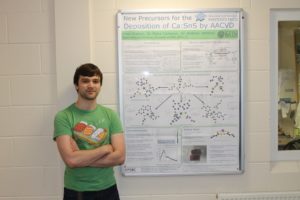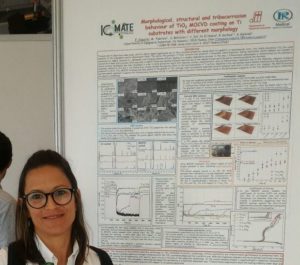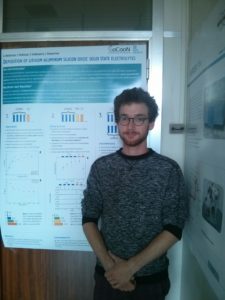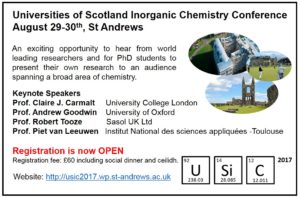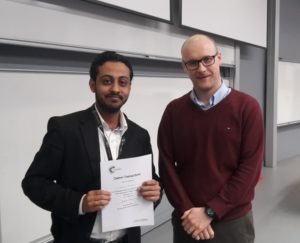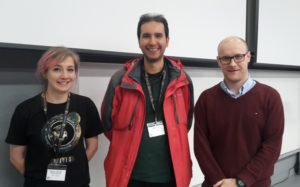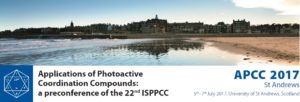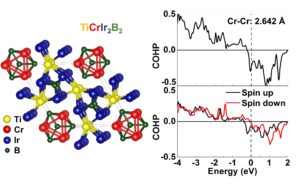
Registration is now open for the RSC Coordination and Organometallic Chemistry Discussion Group Meeting. The group is devoted to supporting the scientific interests of researchers involved with any aspect of coordination and organometallic chemistry as broadly defined. This year the meeting is being held at Lancaster University, 14th – 15th September. Featuring internationally renowned speakers, including:
Professor Jose Goicoechea, University of Oxford
Professor Evia Hevia, University of Strathclyde
Professor Eric Meggers, University of Marburg
Professor Grace Morgan, University College Dublin
Dr Rachel Platel, Lancaster University
Professor Mike Ward, University of Sheffield/University of Warwick
The programme is open to additional speakers, with contributions from younger members of the inorganic community being particularly encouraged. To be considered for a presentation, please submit your request with an abstract for consideration by the organising committee.
The submission deadline for Oral abstracts is 30th of June, the submission deadline for poster abstracts and standard registration deadline is 31st of July. For more information, visit the meeting website.
Comments Off on Register Now for the Coordination and Organometallic Chemistry Discussion Group Meeting 2017


